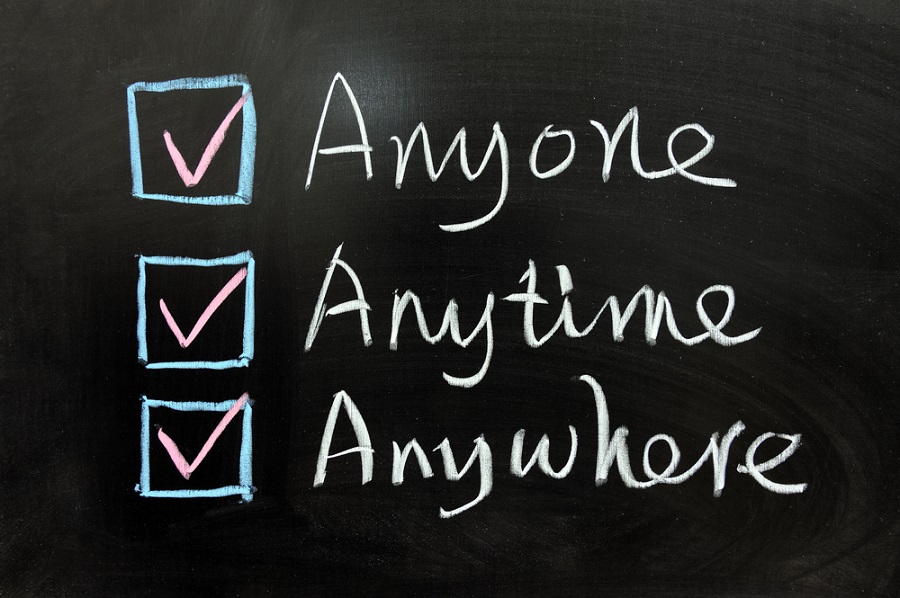How employee assistance programmes are becoming an anywhere, anytime benefit

The biggest impact is in a re-positioning of how an EAP is used, away from the last resort for serious issues and concerns towards being a more everyday source of advice and support - less the counsellor and more a friendly colleague who has the right answers.
The more a programme is used, the more data is collected on employee concerns and levels of physical and mental wellbeing. This provides an early warning system on organisational wellbeing and evidence to inform better HR strategy-making.
New promotional plans and activity are making a real difference in the shift to the more everyday model. A large-scale study in the US recently has backed up this principle: an analysis of around 6,000 cases showed that promotional materials were the top reason for making use of an EAP.
Employee Assistance Professionals Association (EAPA) members report how using app and web services can facilitate an uplift in EAP use, accessing the spread of services more widely, and turning the EAP into a genuine channel for employee engagement. A key example of this trend is the positioning of the EAP as the central point of contact for all wellbeing queries and activities.
Open access EAPs
Because it’s already available 24/7, the EAP is a ready-made point of contact for health and wellbeing, able to signpost employees to the best services. Critically, by using an open access EAP, wellbeing stops being a tick-box exercise and becomes an ongoing conversation with employees and a holistic wellbeing culture.
Some examples of this include Health Assured’s evolving Health e-Hub, which delivers support videos and webinars on demand; mini Health and Wellbeing checks; online Cognitive Behaviour Therapy and interactive engagement features like four week wellbeing challenges. These are all linked back to relevant EAP services as needed.
Another example is the LifeWorks app, which is based on the principle of prevention first. By being proactive in offering preventative check-up ‘life support’ services, a far higher proportion of staff initially sign up and begin to access the personalised ‘health coaching’ resources on offer.
Available to everyone
Modern ways of working involve far more flexibility, but also more uncertainty, insecurity and isolation. The nature of EAP services means they have always been available to remote workers, even internationally.
What we’re seeing now are many more points of access to EAPs being opened up to employees, tailored to the needs of different, multi-generational groups beyond the standard telephone and face-to-face offerings - with mental health, and the need to remove stigma, as one of the driving issues.
The emergence of apps that identify or predict changing mental health states could lead to automated outreach to people with the earliest signs of difficulty or flare-ups, taking preventive service provision to another level. Virtual reality environments may also have significant impact in how users interact with services both in a traditional sense as well as in the development of virtual therapists and mental health coaches.
Neil Mountford is chair of the Employee Assistance Professionals Association (EAPA)





